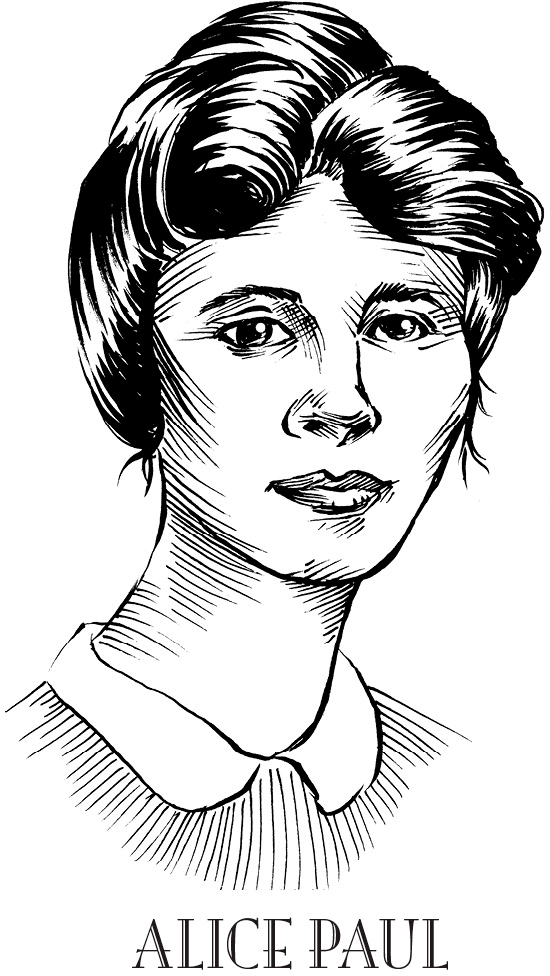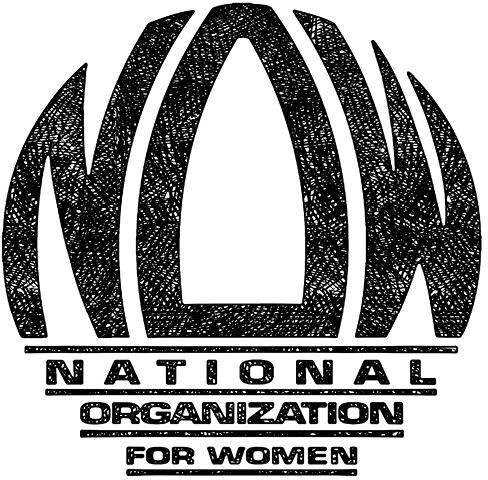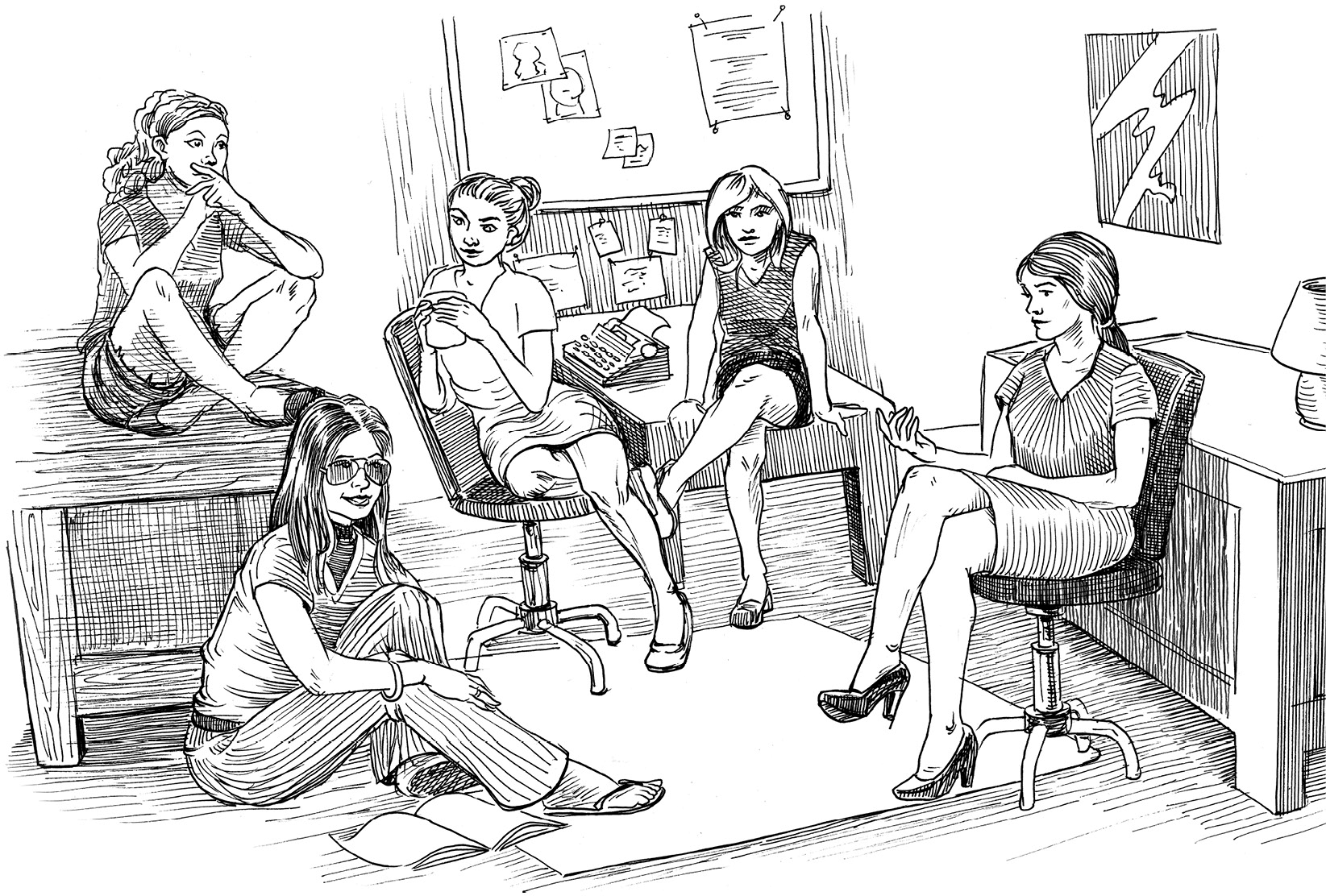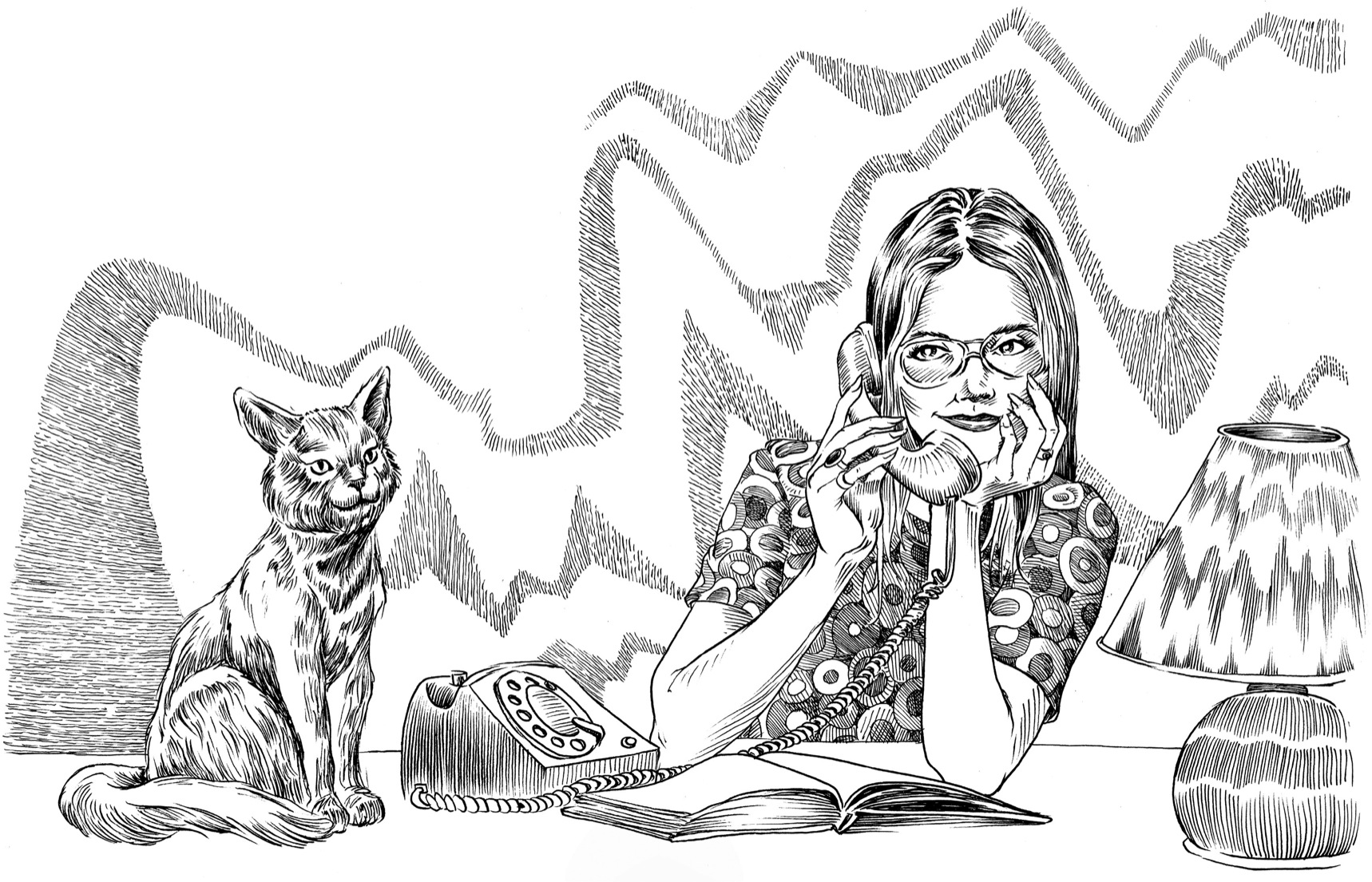Chapter 7
A New Kind of Magazine
Gloria began receiving lots of invitations to speak to people. In May 1970, she spoke in front of the US Senate in support of the Equal Rights Amendment (ERA). She also spoke to the graduating class at Smith College in 1971, and at the Harvard Law Review banquet. People wanted to hear what Gloria thought and what she had to say. She was quickly becoming the spokesperson for the women’s movement in the United States.

Part of the reason that Gloria stood out as a spokesperson was her look. Many people expected feminists to be plain and not very stylish. But Gloria Steinem was glamorous. Although she was a feminist, she didn’t ignore her femininity. She had highlights in her long hair, and wore frosty pink lipstick and tinted aviator sunglasses. She also wore flared jeans with wide belts and turtlenecks. This look became Gloria’s trademark, and many women copied it.



But not everyone was happy about all the attention that Gloria Steinem was getting—including Betty Friedan. Friedan had cofounded the National Organization for Women (NOW) in 1966. Its goal was to get women more involved in society and achieve equal rights with men. Most of NOW’s members were white women who didn’t have to struggle to earn a living. Gloria agreed with NOW’s goals, but she thought the organization did not represent every feminist. Gloria felt that the women’s movement should speak for women of every age, color, and class, whether rich or poor. After almost every talk she gave, Gloria would leave with pockets full of slips of paper. She had written the names and phone numbers of the women she had met on these slips. She wanted to speak to and help as many women as she possibly could. But with her writing and her speaking, Gloria was very busy. It was becoming impossible for her to do all the things she wanted to.
Gloria wanted to reach out to as many women as she could. She was eager to respond to the antifeminism articles that were appearing in magazines. So Gloria and some of her colleagues decided to publish their own magazine.

The magazine would be special—it would be owned and run by women only. There hadn’t been a magazine published just by women in the United States since 1868, when Susan B. Anthony and Elizabeth Cady Stanton published The Revolution.
As with so many other things in her life, Gloria did not let fear stop her. She believed in the idea of a women’s magazine. And she and her friends were determined to make it happen.

Gloria asked her friend Clay Felker to help. He offered to include a short sample of Gloria’s magazine about women inside New York’s December 20, 1971 issue. The sample would be a test to see public reaction to the magazine. Gloria and her colleagues decided to call the magazine Ms. The term Ms. wasn’t Mrs. or Miss. It didn’t indicate whether or not a woman was married.

Ms. published its first full separate issue in January 1972. The magazine included articles about marriage and children, discrimination at work, and political issues such as the war in Vietnam. Ms. was an immediate hit. The 300,000 copies that were printed sold out in just eight days. In just a few weeks, the magazine had 26,000 subscribers and had received more than 20,000 letters from readers!
With such a show of support, Gloria and her colleagues prepared to make Ms. a regular publication. Gloria’s dream of creating a place where women could read about women’s issues was taking shape. Women would have a chance to discover they were not alone in their concerns.
